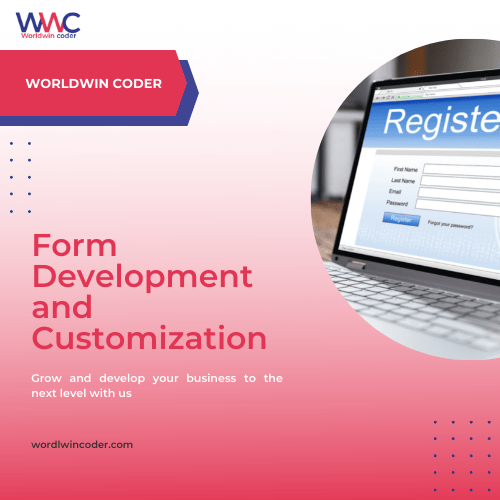In the ever-evolving landscape of web development, creating user-friendly and interactive forms is a crucial aspect of building engaging websites. jQuery, a fast and lightweight JavaScript library, has long been a favorite choice for enhancing user experience. One of its standout features is form validation, which ensures that user input is accurate and valid before it’s submitted to the server. In this comprehensive guide, we’ll delve into the world of jQuery form validation, exploring its importance, implementation techniques, and best practices.
Understanding Form Validation
Form validation is the process of checking user-provided data to ensure it adheres to specific requirements before submission. This ensures data accuracy, prevents errors, and improves the overall user experience. jQuery simplifies this process by providing a plethora of methods and utilities for form validation.
Getting Started with jQuery Form Validation
To get started with jQuery form validation, you’ll need to include the jQuery library in your project. You can either download and host it or use a Content Delivery Network (CDN) link to access the library. Once included, you can begin harnessing the power of jQuery for validating your forms.
Basic Validation Techniques
- Required Fields: The simplest form of validation involves checking whether required fields are empty. jQuery provides a convenient way to select and validate these fields.
- Email Validation: Validating email addresses using regular expressions helps ensure the entered email format is correct.
- Numeric Validation: You can ensure that numeric fields contain only numbers by using various validation techniques provided by jQuery.
- Length and Size Checks: jQuery can be employed to enforce character limits, ensuring data isn’t too short or too long.
Advanced Validation Techniques
- Password Strength: For sign-up forms, validating password strength adds an extra layer of security. jQuery can assist in real-time feedback regarding the strength of the entered password.
- Conditional Validation: Depending on user selections, certain fields may become required or irrelevant. jQuery enables you to dynamically adapt validation rules.
- Remote Validation: Sometimes, validation requires communication with the server, such as checking if a chosen username is already taken. jQuery’s AJAX capabilities can be used for such scenarios.
Implementing jQuery Validation Plugin
jQuery offers a fantastic validation plugin aptly named “jQuery Validation.” This plugin extends jQuery’s capabilities, providing more advanced validation options and error handling. Integration is straightforward, and the plugin seamlessly works with HTML5 form attributes.
Best Practices for jQuery Form Validation
- Progressive Enhancement: Always ensure your forms are functional even without JavaScript. jQuery form validation should enhance the user experience, not hinder it.
- Provide Clear Feedback: Validation errors should be presented in a clear and user-friendly manner, preferably near the problematic field.
- Avoid Overvalidation: Strive for a balance between ensuring data accuracy and not overwhelming users with excessive validation.
- Regular Updates: Keep your jQuery library and plugins up to date to benefit from the latest features and security enhancements.
Common Mistakes to Avoid
- Skipping Server-Side Validation: While jQuery validation enhances user experience, it’s crucial to remember that client-side validation can be bypassed. Always perform server-side validation to ensure data integrity.
- Overcomplicating Rules: Complex validation rules might confuse users. Aim for simplicity and clarity in your validation messages.
Conclusion
jQuery form validation is a powerful tool for enhancing user experience by ensuring data accuracy and minimizing errors. By implementing both basic and advanced validation techniques, leveraging plugins like jQuery Validation, and adhering to best practices, you can create forms that offer seamless interaction and a polished user interface. Remember that while jQuery validation is beneficial, a comprehensive approach also includes server-side validation for a robust and secure application.

